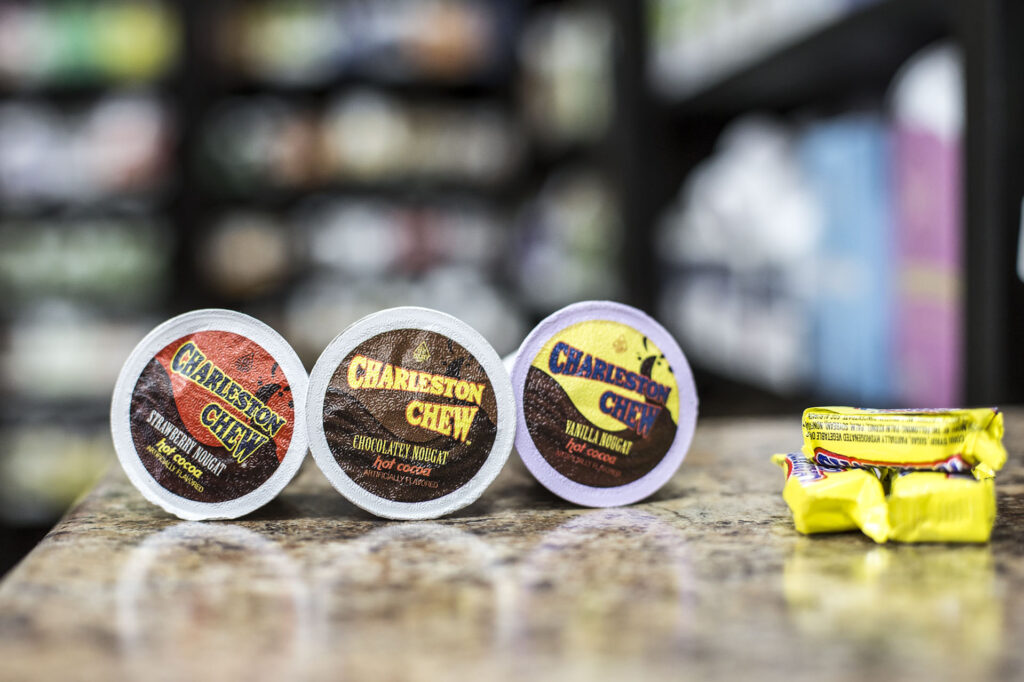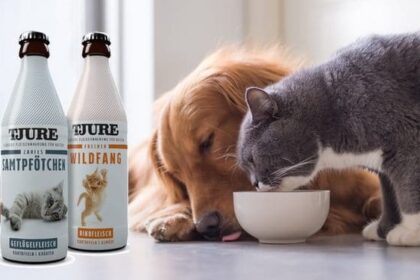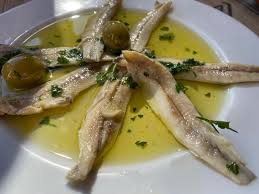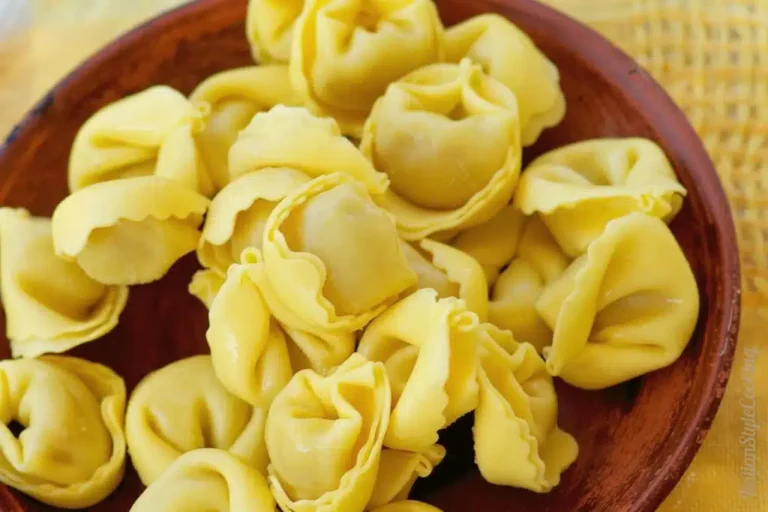
Charleston Chew is one of those timeless treats that seems to transport you back to another era. With its chewy taffy center and chocolate coating, it has become an iconic American candy bar loved by multiple generations. Whether you grew up with it or are just discovering it, Charleston Chew carries with it a sense of nostalgia, invoking memories of simpler times. In this article, we’ll explore the history behind Charleston Chew, how it became a classic, and why it continues to be a favorite today. Let’s dive into the sweet and chewy world of Charleston Chew!
The Origins of Charleston Chew Candy
How Charleston Chew Was Born in 1925
Charleston Chew first appeared in 1925, created by the Fox-Cross Company. Named after the popular Charleston dance of the 1920s, which embodied the energetic spirit of the Roaring Twenties, the candy was designed to capture that same lively, upbeat essence. The candy’s creation marked a shift in the candy-making world, combining chewy taffy with a chocolate coating, a combination that was unlike anything available at the time.
Initially, Charleston Chew was introduced as a regional treat in Charleston, South Carolina, but its popularity quickly spread across the United States. By the 1930s, it was being enjoyed nationwide as one of the classic candies that were shaping American sweet tooths.
A Candy That Gained National Popularity
The Fox-Cross Company saw potential for Charleston Chew as it continued to captivate candy lovers. Its combination of chewy candy bar and smooth chocolate coating was a perfect blend for those looking for something different than traditional chocolate bars or caramel-filled candies. During the 1980s, Charleston Chew underwent a significant revival as part of the broader trend for nostalgic vintage candy, and it quickly found its place in American pop culture.
What Makes Charleston Chew Unique?
The Secret to Its Signature Taste
What makes Charleston Chew stand out is its unique combination of flavors and textures. Unlike other candy bars, Charleston Chew features a taffy center, which is both chewy and satisfying, and is covered with a rich chocolate coating. The chewy center provides a unique texture that’s different from the typical crunch of most other candy bars. Its smooth chocolate coating enhances the flavor without overpowering the chewy taffy.
In addition to the traditional vanilla flavor, Charleston Chew introduced new variations over the years, such as chocolate and strawberry. These new flavors gave candy lovers a wider variety of options to enjoy, keeping the candy relevant through changing taste preferences.
The Nostalgic Appeal of Charleston Chew
For many, Charleston Chew is more than just a candy bar. It’s a part of their childhood memories. The chewy texture combined with the chocolate coating evokes a sense of nostalgia for those who grew up eating it. This nostalgic appeal has made Charleston Chew a classic candy, loved by multiple generations. It’s the kind of treat that reminds you of simpler times, making it popular with both older generations and new candy enthusiasts.
The emotional connection people have with Charleston Chew has only strengthened its presence as a retro candy bar. Whether it’s the distinct texture or the memories it brings, Charleston Chew remains a sweet link to the past for many candy lovers.
Different Varieties of Charleston Chew
Exploring the Flavor Varieties
While vanilla remains the flagship flavor, Charleston Chew has expanded over the years to include new, exciting varieties. Each flavor variation keeps the same chewy, taffy center, but with different outer coatings or flavor profiles. Let’s take a look at the most popular:
- Vanilla: The classic flavor that launched the Charleston Chew brand, providing a light and creamy taste that has stood the test of time.
- Chocolate: For those who love the indulgence of chocolate, this version of Charleston Chew is coated in rich milk chocolate, creating the perfect balance between chewy and creamy.
- Strawberry: A fruity variation on the original, the strawberry flavor brings a refreshing and sweet twist to the chewy taffy.
These varieties helped Charleston Chew remain fresh and exciting, appealing to a broad range of candy enthusiasts with different flavor preferences.
The Evolution of Charleston Chew’s Packaging
Packaging plays a big role in a candy bar’s appeal, and Charleston Chew’s packaging has evolved over the years. The candy’s classic blue and white wrapper with a retro font has remained iconic, but it has also undergone slight design changes to stay modern while preserving its vintage appeal. Today’s packaging brings out a sense of nostalgia, with its bright and vibrant colors standing as a symbol of American candy nostalgia.
The design has adapted to changing marketing trends while still maintaining the old-school charm that makes Charleston Chew so beloved.
Charleston Chew and Its Place in Pop Culture
Charleston Chew in Media and Commercials
Charleston Chew has not only been popular as a candy, but it also played a role in pop culture. From its TV commercials in the 1980s to appearances in films and TV shows, Charleston Chew became a familiar part of everyday life. The ads were often filled with upbeat music and depicted people enjoying the candy, capturing the carefree, fun-loving spirit associated with it.
These commercials helped establish Charleston Chew as an iconic American candy, seen as a symbol of comfort and fun, much like the candy itself.
Charleston Chew in Films and TV Shows
Charleston Chew’s presence in the world of entertainment also helped solidify its place as a nostalgic candy. Whether in a family sitcom or a nostalgic film, Charleston Chew has made subtle yet meaningful appearances, reinforcing its status as a beloved vintage candy. It is not just a treat; it’s part of the cultural fabric that connects multiple generations through shared experiences.
Is Charleston Chew Still Popular Today?
The Resurgence of Retro Candy Bars
In the last decade, retro candies have made a strong comeback, and Charleston Chew is no exception. With an increased interest in vintage treats, retro candy bars like Charleston Chew have gained popularity among candy enthusiasts who seek out the sweet nostalgia of classic treats.
The candy’s revival shows how powerful nostalgia can be, and it demonstrates how Charleston Chew continues to captivate both older consumers and a new generation eager to experience something unique.
Charleston Chew Today: Availability and Adaptation
Charleston Chew is still readily available in stores across the U.S., and it remains a nostalgic candy for many. While the brand has stayed true to its roots, it has adapted to modern trends. With updated packaging and a continued focus on quality, Charleston Chew has maintained its presence in the competitive candy market. Whether bought at the local store or through online retailers, Charleston Chew is still as beloved as ever.
Conclusion
Charleston Chew is more than just a candy bar; it’s a part of American candy history. From its origins in 1925 to its ongoing popularity, Charleston Chew continues to be a nostalgic treat loved by candy lovers of all ages. Its unique blend of chewy taffy and chocolate, along with its timeless appeal, makes it a classic in the candy world.
FAQs
Charleston Chew is made of a chewy taffy center covered with a layer of chocolate. It comes in different flavors, including vanilla, chocolate, and strawberry, each offering a unique taste experience.
Where did Charleston Chew originate?
Charleston Chew was created in 1925 by the Fox-Cross Company in Charleston, South Carolina. It quickly became popular and spread across the United States, eventually becoming a classic candy known for its chewy texture.
How long has Charleston Chew been around?
What flavors of Charleston Chew are available?
Charleston Chew is available in three classic flavors: vanilla, chocolate, and strawberry. Each offers a different take on the candy’s signature chewy taffy center and chocolate coating.
Is Charleston Chew gluten-free?
Yes, Charleston Chew is gluten-free. However, it’s always a good idea to check the packaging for any updates or changes to ingredients, as recipes can sometimes change.






